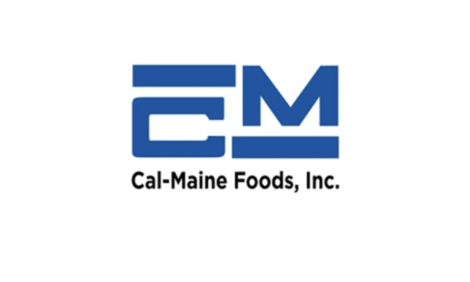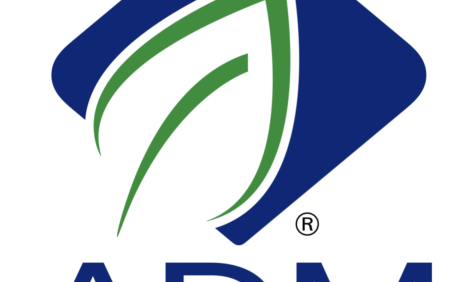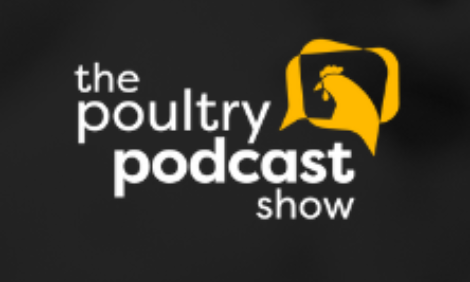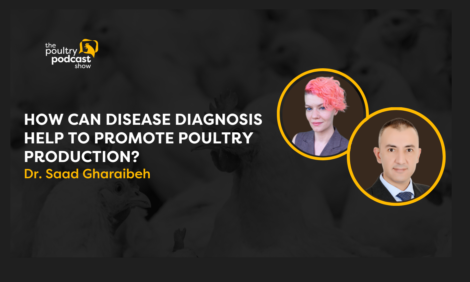



What makes turkey production different from other poultry species?
The Poultry Podcast ShowPart of Series:
< Previous Article in Series
Poultry production includes more than just one species. Each one of them has its own characteristics, so production for each species is conducted differently. There are many differences between turkeys and chickens when it comes to nutrition, general management, facilities, and behavior, so the more you know about the particularities, the more effective your production will be. In this episode, Dr. Sally Noll and I discuss turkey production specificities and needs, as well as recent research on the subject. We also talk about some challenges related to nutrition and biosecurity, as well as ways it can be improved.
“If you don't have things perfect at the beginning, when the birds get to the barn, you're already behind.” - Dr. Sally Noll
𝗪𝗵𝗮𝘁 𝘆𝗼𝘂 𝘄𝗶𝗹𝗹 𝗹𝗲𝗮𝗿𝗻:
Introduction (0:00)
Recent research in turkey production (2:09)
Challenges and differences between turkey and chicken production (4:01)
Challenges for evaluating "gut-health" products and manipulating the gut microbiome (18:09)
Adapting to consumer demand for All-Veg diets in turkeys (22:40)
2015 vs. 2022 avian influenza outbreak responses and biosecurity measures (27:42)
Questions (44:33)
𝗠𝗲𝗲𝘁 𝘁𝗵𝗲 𝗴𝘂𝗲𝘀𝘁: Dr. Sally Noll has been serving at the University of Minnesota since 1985. She has over 30 years of extension experience in all aspects of turkey production and broiler chicken production, and the focus of her research and extension programming is turkey/poultry nutrition and disease/health issues of relevance to the poultry industry. Because of the extension appointment, her research and extension program vary depending on assessed needs for problem solving in poultry production.
Past collaborative projects of hers include evaluations of production systems, environmental impacts on turkey production, biosecurity approaches, ammonia emissions from turkey facilities, gut health and microbiome succession, and areas with problems related to reovirus-arthritis and avian metapneumovirus. Her poultry research program has been recently focusing on nutritional evaluation of feed ingredients, protein/amino acid requirements, and evaluation of a partially slotted flooring system for commercial market turkeys.











